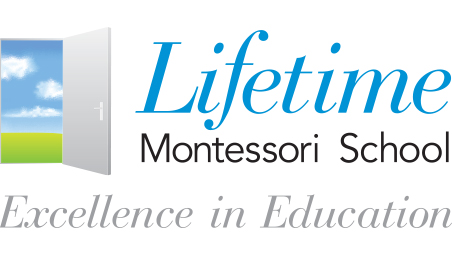(858) 759-0631
The Montessori Elementary School Difference
In Montessori, children are the masters of their own intellectual curiosity—a mix of connection, cooperation, collaboration, critical thinking and topical integration. Children excel.
Small class sizes of about 9 students to each teacher (9:1) allow us to highlight thinking rather than memorization toward passing CCSS tests.
In elementary school, we teach life lessons that yield practical, real-world skills that engage and stimulate. Through our use of social, artistic and core curricula, we show our students the universe and help them find their place in it. They become gifted learners.
Montessori students learn at their own speed and develop intellectual interests in their own way. In a traditional elementary school, with a 30:1 student/teacher ratio, curricula move quickly whether you do or not.
Our students gain individual and group input by learning at their own pace while building imagination, self-confidence, and respect for themselves and others. Essentially, our children learn how to learn and become gifted learners.
Or as Dr. Maria Montessori said, “We develop the whole child and act as a catalyst—not as a creator—in their development.”
Montessori Elementary Curricula
The Montessori Difference begins with five essential components or ‘Great Lessons’—English, science, math, language, and civics—that create tentacles incorporating music, art, sports, dance, field trips and earth science.
This curriculum includes all the CCSS traditional school elements.
But, it’s how we teach that provides its lifelong value.
We teach interactively. We teach via dialogue rather than a monologue. And we teach in such a way as to promote individual learning, group learning, respect, and leadership. We build an excelled child.
Workforce 2045
Twenty years from today, American business will be far different than it is today. It will be far more complex, technical, robotic and green.
What will 2045 business execs expect from your incoming kids?
Thinkers! Leaders! Collaborators! Conceptualizers!
Your Educational Investment is an Annuity
The San Diego Unified School District, with 125 elementary schools, faces a $100 million+ deficit by cutting hundreds of positions. Who and what are getting the axe?
- Elementary school physical education
- Teachers
- Art Teachers and programs
- Nurses, occupational therapists, and school psychologists
- School police, librarians, custodians, landscapers and cafeteria workers
Is this the education you want for your children?
Yes, it is FREE!
Or, is your investment in time and money worth something more and something better?
The educational value system is straightforward—either your child is taught well or not.
Where you place your incoming elementary school student today may in large part be determined by the annuity your child will receive 20 years from today.
The difference is you—and the Montessori Difference.

